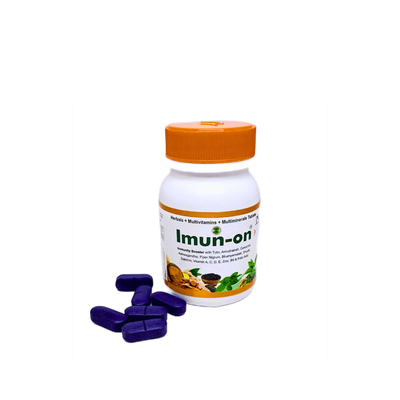For those unfamiliar with mirror therapy (MT), it might sound like a technique straight out of a sci-fi novel. However, MT is a scientifically-backed method used in stroke rehabilitation, offering hope to many who face motor and sensory challenges post-stroke.
What is Mirror Therapy? At its core, MT is a simple yet effective technique. A mirror is placed between the patient's limbs, hiding the affected limb. When the unaffected limb moves, its reflection in the mirror creates the illusion that the affected limb is moving. This visual trickery can stimulate the brain, promoting recovery in the paralyzed or affected limb.
Why is MT Important for Stroke Survivors? Stroke can leave survivors with various challenges, including motor impairments, sensory issues, and even pain. Traditional therapies often require some voluntary movement from the patient, which might not be possible for everyone. MT, on the other hand, relies on visual stimuli, making it a viable option even for those with complete paralysis.
The Science Behind MT The effectiveness of MT is believed to be linked to the brain's mirror neuron system (MNS). This system plays a role when we perform actions or even when we watch someone else perform an action. By tapping into this system, MT can potentially aid in the rehabilitation process of stroke survivors.
Key Insights from the Study:
- Applications: MT has shown positive effects on motor impairments, sensations, visuospatial neglect, and pain post-stroke. It's versatile and can be applied during acute, sub-acute, and chronic phases of stroke.
- Effectiveness: Most studies have shown improvements in motor and sensory functions post-stroke. However, the extent of improvement varies, and its long-term effects, especially on daily activities, need further analysis.
- Method: The therapy typically involves placing a mirror between the limbs, allowing the patient to view the reflection of the non-affected limb, creating the illusion of movement in the affected limb.
Mirror therapy offers a unique and promising approach to stroke rehabilitation. While more research is needed to fully understand its long-term effects, the current perspectives are positive. For stroke survivors and their families, MT might be a ray of hope in the challenging journey of recovery.
Availability: The Mirror Therapy system is now available at Medilab India, bringing this innovative approach closer to those in need.
Sources: NCBI research article(Mirror Therapy in Stroke Rehabilitation: Current Perspectives - PMC (nih.gov).



